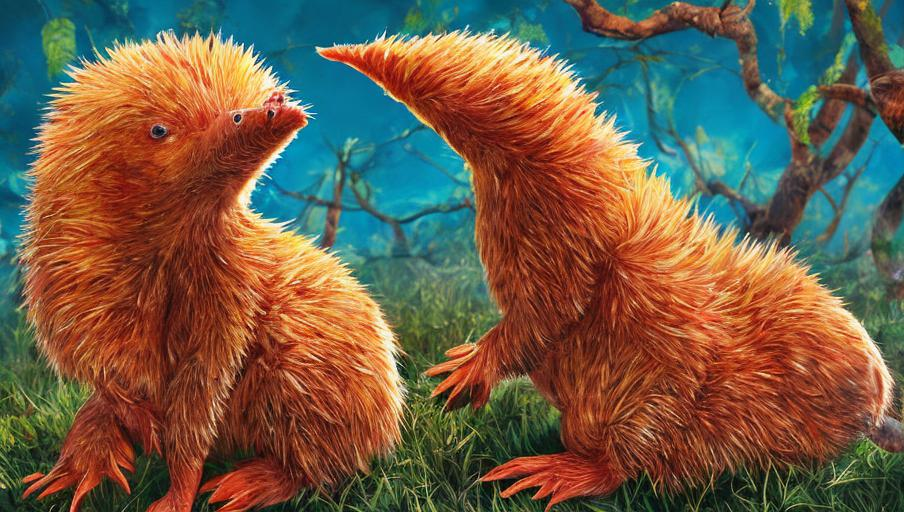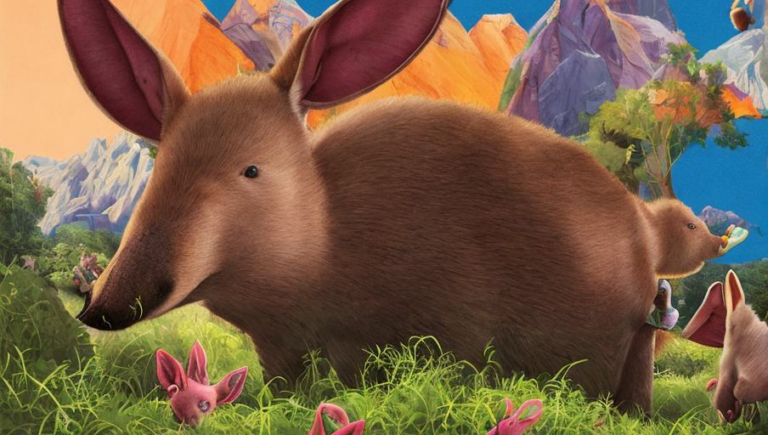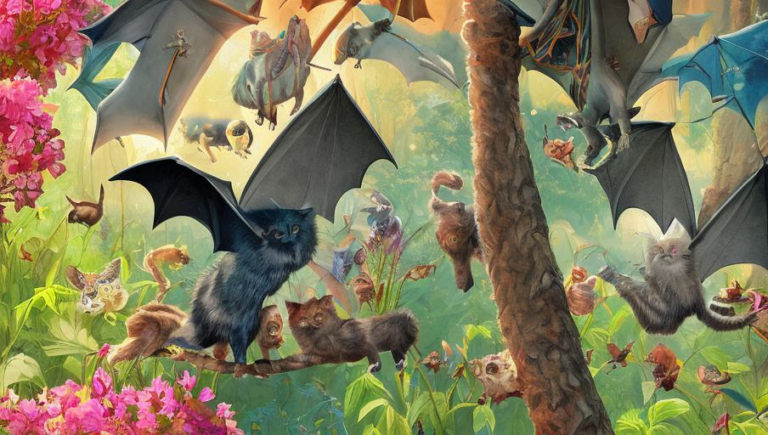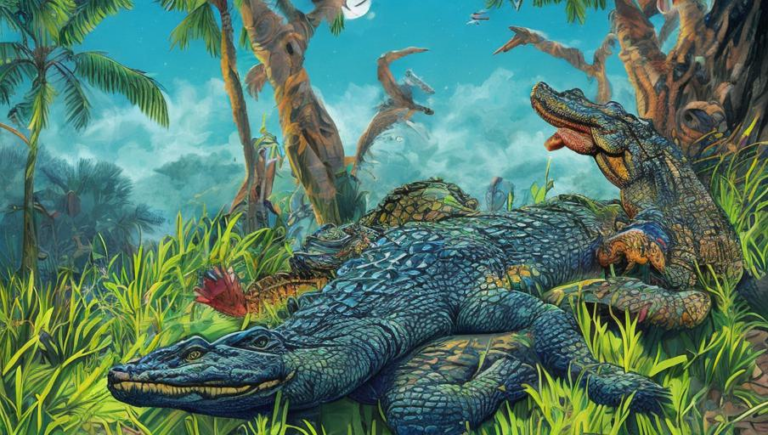Insight into the Life of the Echidna

From the Outback to the City
The echidna is a unique and remarkable creature, found in a range of habitats in Australia and New Guinea. This species is sometimes referred to as the spiny anteater due to its long snout, which it uses to search for food. It also has a coat of spines that help protect it from predators.
The echidna is a type of monotreme, which is a mammal that lays eggs. This means that once a year, the female will lay a single egg and then carry it in a pouch on her belly until it hatches. This is an incredibly rare trait among mammals, as most give birth to live young.
Echidnas can be found in both urban and rural areas, but they are most commonly seen in the outback. They are well-suited for life in the desert, as their spines help protect them from the heat and their long snouts help them find food. They spend most of their time digging and foraging for food, and they can often be found in hollows in the ground.
A Closer Look at the Echidna
Echidnas are solitary creatures, but they may gather together in small groups in times of plenty. They feed on ants and termites, which they dig up with their claws and long snouts. They have a keen sense of smell, which helps them locate their prey.
The echidna has a slow metabolism, which means that it can go for long periods of time without food. It has also been known to enter a state of torpor, which is similar to hibernation. This allows the echidna to conserve energy during times of scarcity.
Echidnas are also known for their remarkable speed. They can travel up to 40 kilometers in a single day, and they can reach speeds of up to 16 kilometers per hour. This allows them to quickly escape predators, and it also helps them to cover large distances in search of food.
Echidnas Under Threat
Unfortunately, the echidna is under threat from a variety of threats. These include habitat loss, predation, and human interference. As a result, the echidna population has been decreasing in recent years, and conservation efforts are needed to protect this species.
There are a number of initiatives that are being undertaken to help protect the echidna. These include habitat protection, captive breeding, and education programs. It is important that we work together to ensure that the echidna is able to thrive in its natural habitat for years to come.
Conclusion
The echidna is an amazing animal that has fascinated people for centuries. It is a unique species with a range of fascinating traits, and it is under threat from a variety of threats. We must take action to ensure that the echidna is able to thrive in its natural habitat for years to come.





